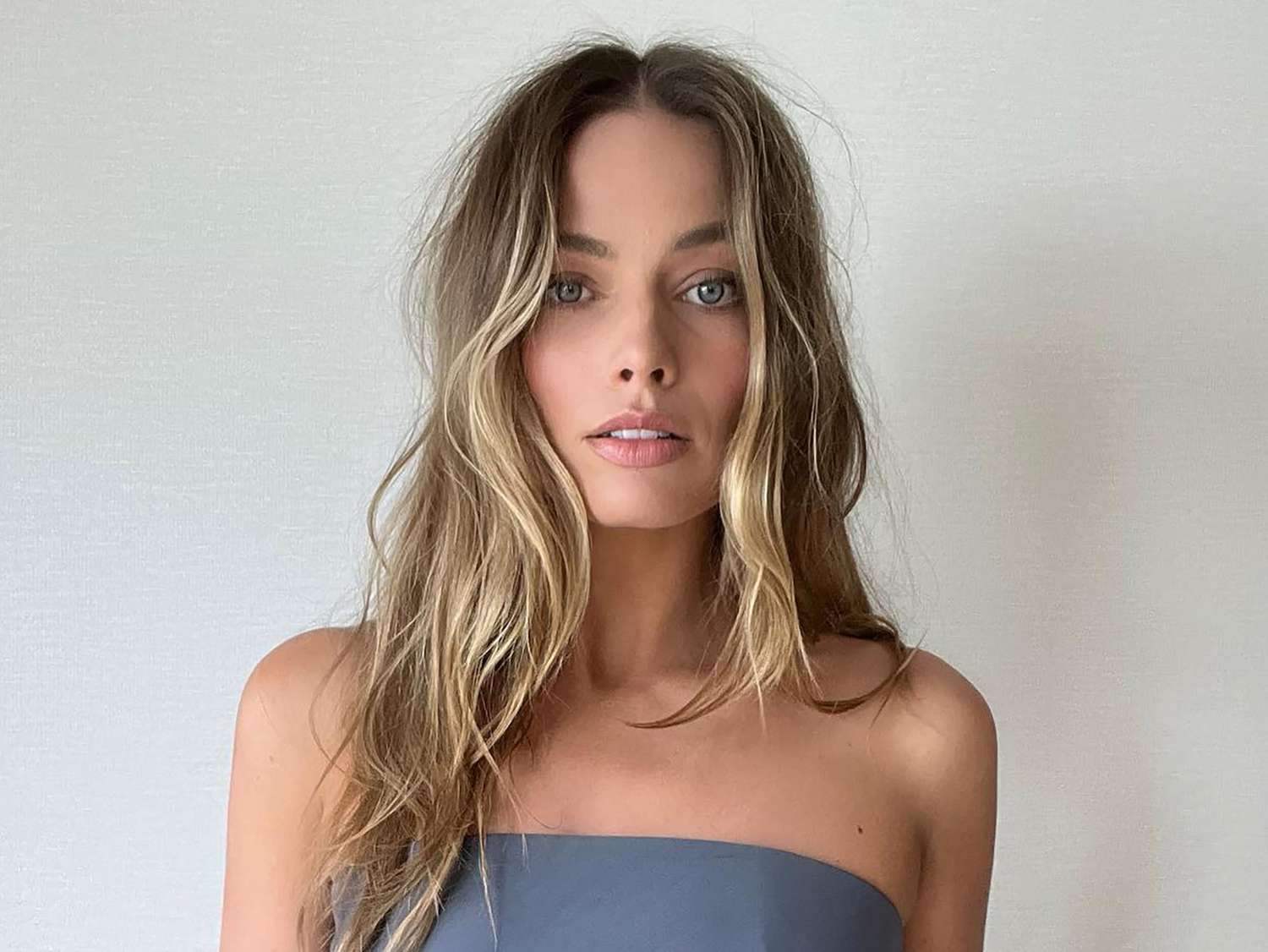
@brycescarlett / Instagram
In This Article
What It Is How to Prepare What to Expect Cost Maintenance Alternatives
When it comes to coloring hair, more often than not, we're seeking the best results that are also long-lasting and easy to maintain. After all, we're in our lazy-girl-style era (or is this just me?).
If you typically highlight your hair with foils, you know that the upkeep is demanding, and the moment your roots appear, the difference can feel drastic. So, what are your alternative options? Enter: Hair painting, the technique stylists say gives the hair a “natural and organic color effect.” Ahead, with the help of pro stylists Michelle Hong and Lori Zabel, we break down everything you need to know about the hair painting color technique.
Meet the Expert
- Michelle Hong is the founder and creative director of NYC The Team.
- Lori Zabel is the creative director at Dop Dop Salon NYC and a Redken affiliate.
What Is Hair Painting?
Hair painting is the technique of painting color onto the hair with a brush. (So it's self-explanatory in some ways.) "Painting the hair creates a super feathered result to the root where each highlight strand looks natural and grows out without a line of demarcation," says Hong. "Traditionally, with foils, you have a straight edge line growing out."
The term hair painting is sometimes used interchangeably with balayage—which has the reputation of providing an almost ombré, grown-out hair look—but hair painting can also be used to create a full head of highlights, just without the foiling. “You can paint in certain areas of the hair depending on the layers or how it falls, ultimately creating depth and dimension in all the right places,” Hong continues. “Balayage specialists look at hair as a canvas where the whole picture matters versus just doing strands of highlights.”
Zabel also notes that hair painting is particularly useful when face framing or if you're looking for a more natural blonde. "[Face framing] makes hair look like when we were children when our hairline would be lighter than the rest of the strand," says Zabel. "[Balayage] is mainly painted randomly on the surface to emulate how the sun bleaches our hair. In addition, we use different shades to give an accentuated and more natural effect."
How to Prepare
First things first: As with any drastic hair change, a consultation is key. This allows your stylist to understand your goals and evaluate your hair and what can realistically be done. “A consultation with a colorist would be the best way to establish the ‘what, why, and how’ to achieve the desired result,” says Zabel. Hong adds, “[Consultations should include] selecting the right color and shade based on your current natural hair color and skin tone and asking the colorist what their vision is for your hair type, texture, and haircut.”
Leading into any coloring appointment, maintaining healthy hair is also crucial. “Freshly washed hair is important,” says Zabel. “Redken’s Hair Cleansing Cream ($52) is best. The Extreme Cat Treatment ($30) is also highly recommended to prepare the condition of the hair.”
What to Expect
No two hair appointments are the same (as many of you reading this already know), but if there's one rule of thumb when planning a hair appointment that involves color, it's to add at least an hour to however long you think the appointment will take. With that in mind, Hong says the process usually takes around two to three hours "because every strand is strategically placed."
In preparation for this story, I went and got my hair painted, and as someone who typically has foil highlights, I was thoroughly impressed (with both Hong's skill and my patience for sitting in the chair). Each individual piece was painted, weaved with cotton coils, and then layered with cling wrap.
After the physical painting was complete, I sat under a heat light for about 20-30 minutes, and then it was time to style and dry. My results were everything I could have wanted and more in just one session, but the experts note that may not always be the case. “Time and expectations are to be considered,” says Zabel. “Hair painting may take longer than one application.”
Cost
Given the time and materials that hair painting takes, most salons will charge at least $150. Like many cosmetic-related treatments, the cost can vary pretty drastically based on location, salon, and hair base; Hong's services typically start at $275 and can go up to $500 at her New York City salon.
Maintenance
There are many steps you can take to care for painted hair to help keep it healthy and the color intact. Among them, “Always use color treatment shampoos and deep masks to hold moisture,” Hong emphasizes. “A heat protectant and/or leave-in is highly recommended to keep the color intact! Stay out of the sun, steam rooms, and hot showers. Remember: If it’s not good for your skin, it’s not good for your hair.”
Alternatives
The most common alternative to hair painting is foil highlights, which are still used frequently in salons. However, the experts note that for a more natural look and feel, there are other options. “There are subtle ways to enhance the color by overall glosses and toners,” Hong shares. “Even if it’s not a big hair painting balayage, some baby balayage can look soft, natural, and enhanced to give a little extra boost.”


